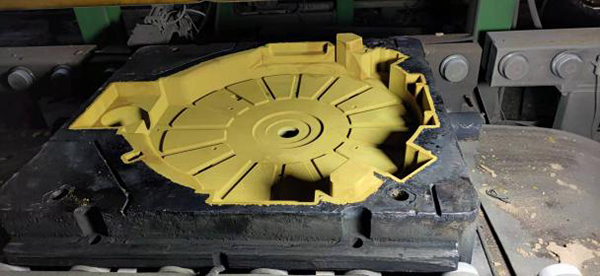Advantages and Disadvantages of Sand Casting Process
Sand casting is a widely used manufacturing process that involves creating metal parts by pouring molten metal into a sand mold. This method has been around for centuries, and it continues to be popular due to its various advantages. However, like any manufacturing process, sand casting also has its disadvantages.
One of the primary advantages of sand casting is its versatility. This process can accommodate a wide range of metals, including aluminum, copper, and iron. It is particularly useful for creating large, complex shapes that would be difficult or impossible to achieve with other casting methods. The ability to use different types of sand for molds also allows for intricate designs and fine details, making it ideal for custom and prototype parts.
Another significant advantage is the cost-effectiveness of sand casting. The materials used for creating the molds, primarily sand and binders, are relatively inexpensive. This allows for low production costs, especially in large batch productions. Moreover, sand casts can be reused multiple times, further reducing material expenses. The setup and tooling needed for sand casting are also less complex compared to other processes, leading to shorter lead times.
advantages and disadvantages of sand casting process

Despite its advantages, sand casting does have notable disadvantages. One major issue is the surface finish. Sand-cast parts typically have a rough texture, which may require additional machining to meet specific tolerances and surface quality requirements. This can increase post-production costs and time.
Additionally, the precision of sand casting is limited compared to other methods like investment casting. The dimensional accuracy can be affected by factors such as mold shifting or sand settling, leading to variations in the final product. Tight tolerances are challenging to achieve, making it less suitable for applications requiring critical dimensions.
Another disadvantage is the lengthy process involved in sand casting. The time taken to prepare molds, allow for cooling, and extract the finished product can be significant, especially when compared to faster manufacturing processes like die casting or injection molding. This makes sand casting less suitable for high-volume production where speed is essential.
In conclusion, while sand casting offers advantages such as versatility, cost-effectiveness, and the ability to create complex shapes, it also presents challenges, including surface finish quality, precision limitations, and longer production times. Manufacturers must weigh these factors against their specific needs and objectives to determine the best casting process for their applications.
Post time:Okt . 14, 2024 16:00
Next:Ceramsite Materials for Enhanced Foundry Sand Applications and Performance
